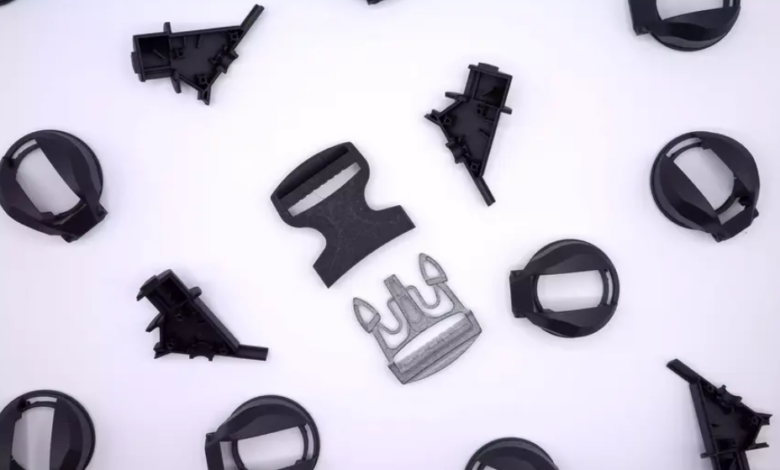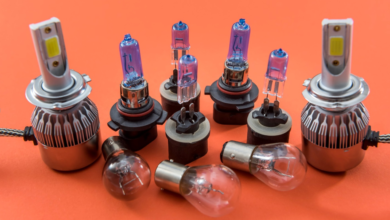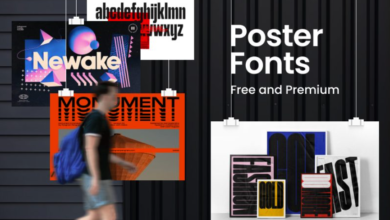What Makes MJF Parts Isotropic?

Why Isotropy Matters in 3D Printed Parts
Most 3D printed parts are anisotropic—they have different mechanical properties depending on the build direction. In processes like FDM or SLA, the Z-axis is typically the weakest due to poor interlayer adhesion. This creates functional limitations, including layer delamination, unpredictable stress behavior, and reduced structural integrity.
Multi Jet Fusion (MJF) stands apart by producing isotropic parts—components with near-uniform mechanical properties in all directions. That makes MJF one of the few additive processes capable of rivaling injection molding for functional, load-bearing applications.
How MJF Achieves Isotropic Strength
MJF uses a powder-bed fusion process developed by HP. It works by:
- Spreading a thin layer of nylon powder (PA12, PA11, TPU)
- Using an inkjet printhead to deposit fusing and detailing agents
- Fusing the entire layer at once using an infrared lamp
Unlike SLS or FDM, MJF doesn’t rely on point-by-point scanning or directional extrusion. Instead, it fuses each full layer simultaneously under tightly controlled heat conditions. The result is consistent, layer-to-layer bonding—no directional weak points.
See also: Top Applications of AI Face Swap Technology in Entertainment
Thermal Continuity = Stronger Bonds
One key to isotropy in MJF is thermal continuity:
- The previous layer remains warm when the next is deposited.
- This creates better molecular bonding between layers.
- Heat distribution is even across the build plane, minimizing warping or shrinkage.
Because of this, Z-axis strength in MJF parts is nearly on par with X and Y—giving you uniform mechanical performance across complex geometries.
Real-World Advantages of Isotropic Parts
Isotropic strength isn’t just a material property—it’s a design enabler. With MJF, you can:
- Orient parts for optimal packing, not structural compensation
- Use snap fits, clips, and tabs in any direction
- Expect consistent performance in brackets, housings, enclosures, or tools
- Avoid structural failures caused by poor Z-bonding or unpredictable warping
For engineers, isotropy means parts that work more like molded components, without the need for compromises in design orientation or material handling.
Choose MJF for Consistency and Strength
At RapidMade, we specialize in MJF printing for clients who need mechanically reliable, production-ready parts. If your application depends on consistent structural strength across all axes, MJF is the right choice.
Get an instant quote at rapidmade.com and start printing parts you can trust.





